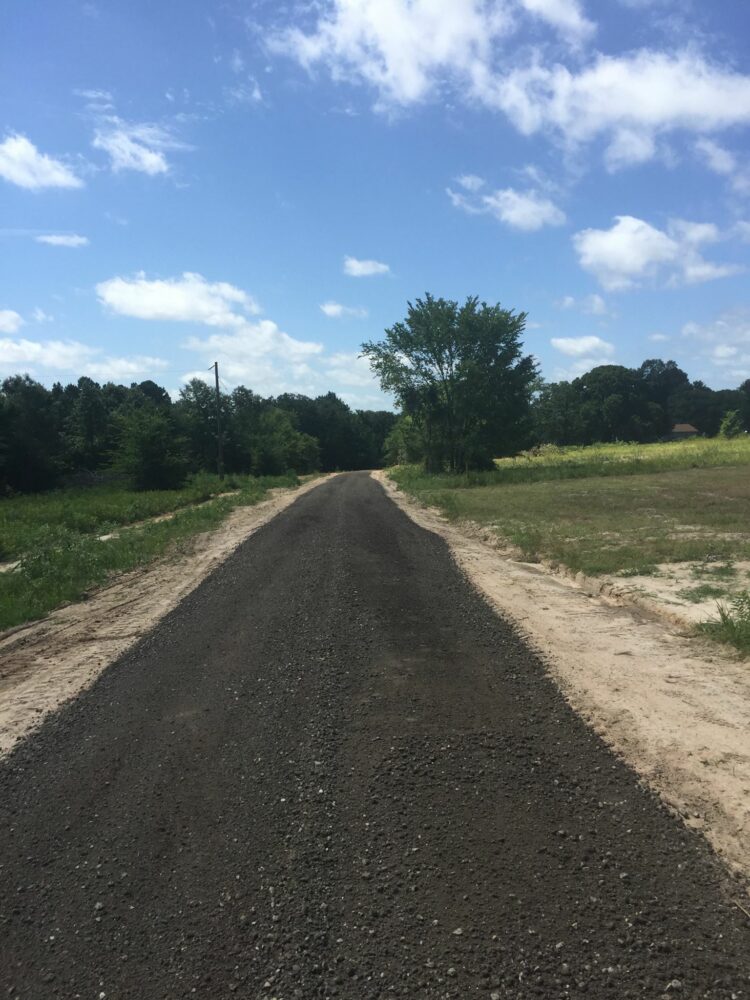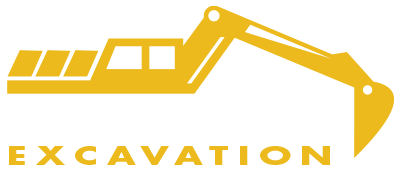Driveway repair can be a daunting task, and determining which loose material to use can really become difficult. So, in this article, we examine some of the most commonly used loose land materials to help you decide which one best suits your project.

Best uses for gravel
Gravel is a versatile material that can be used for a variety of purposes. It’s affordable, easy to install, and drainage friendly, making it a great choice for landscaping projects. Here are some of the best ways to use gravel in your landscape:
- Use it as a mulch alternative: Gravel can be used in lieu of traditional mulch to add visual interest and texture to your landscape.
- Create a Path: A gravel path is an attractive and practical way to create a walkway through your garden.
- Edge Your Garden: Use gravel to edge your garden beds and give them a neat and finished look.
- Cover problem areas: If you have an area of your yard that is prone to puddling or erosion, covering it with gravel can help mitigate the problem.
Best uses for dirt
Dirt is an essential component of many construction and landscaping projects. It can be used to create level surfaces, fill in low spots, and provide good drainage. Different types of dirt have different characteristics that make them better suited for different applications. Here are some of the most common types of dirt and their best uses:
- Clay: Clay is a very dense type of dirt that is composed of very small particles. It has a high water-holding capacity, which makes it ideal for use in areas that are prone to drought. It can also be used to create waterproof barriers.
- Sandy soil: Sandy soil is composed of larger particles than clay. It drains well and is easy to work with, making it a good choice for landscaping projects. Sandy soil is also known for being very stable, which means it is less likely to erode.
- Peat: Peat is a type of organic matter that is found in wetlands. It is spongy and has a high water-holding capacity, making it useful for creating bog gardens or other wetland landscapes. Peat can also be used as a soil amendment to improve drainage and aeration.
- Compost: Compost is made up of decomposed organic matter. It can be purchased in bags or made at home by composting organic waste (yard waste, food scraps, leaves). Compost is often used as garden amendments because it adds nutrients to the soil and improves drainage, aeration and water-holding capacity.
Best uses for recycled asphalt
Asphalt is one of the most popular materials for driveways and parking lots. It’s easy to see why – it’s durable, low-maintenance, and relatively inexpensive. But what many people don’t realize is that asphalt can also be recycled and used as loose material for landscaping projects.
There are a number of benefits to using recycled asphalt. First, it’s good for the environment. Asphalt is a petroleum product, so recycling it reduces our reliance on fossil fuels. Second, it’s cheaper than buying new asphalt. And third, it can actually be better for your landscaping projects than other materials like gravel or mulch.
Recycled asphalt has a number of advantages over other loose materials. It drains well, so it’s great for use in areas where you want to control erosion. It also packs down tightly, so it’s ideal for use in areas where you need a solid foundation (like under a swing set or trampoline). And because it’s darker in color, it will help retain heat – making it perfect for use in planting beds or around trees and shrubs that need a little extra warmth.
We hope this article has helped you choose the right loose material for your needs. If you have any questions, feel free to contact us.
